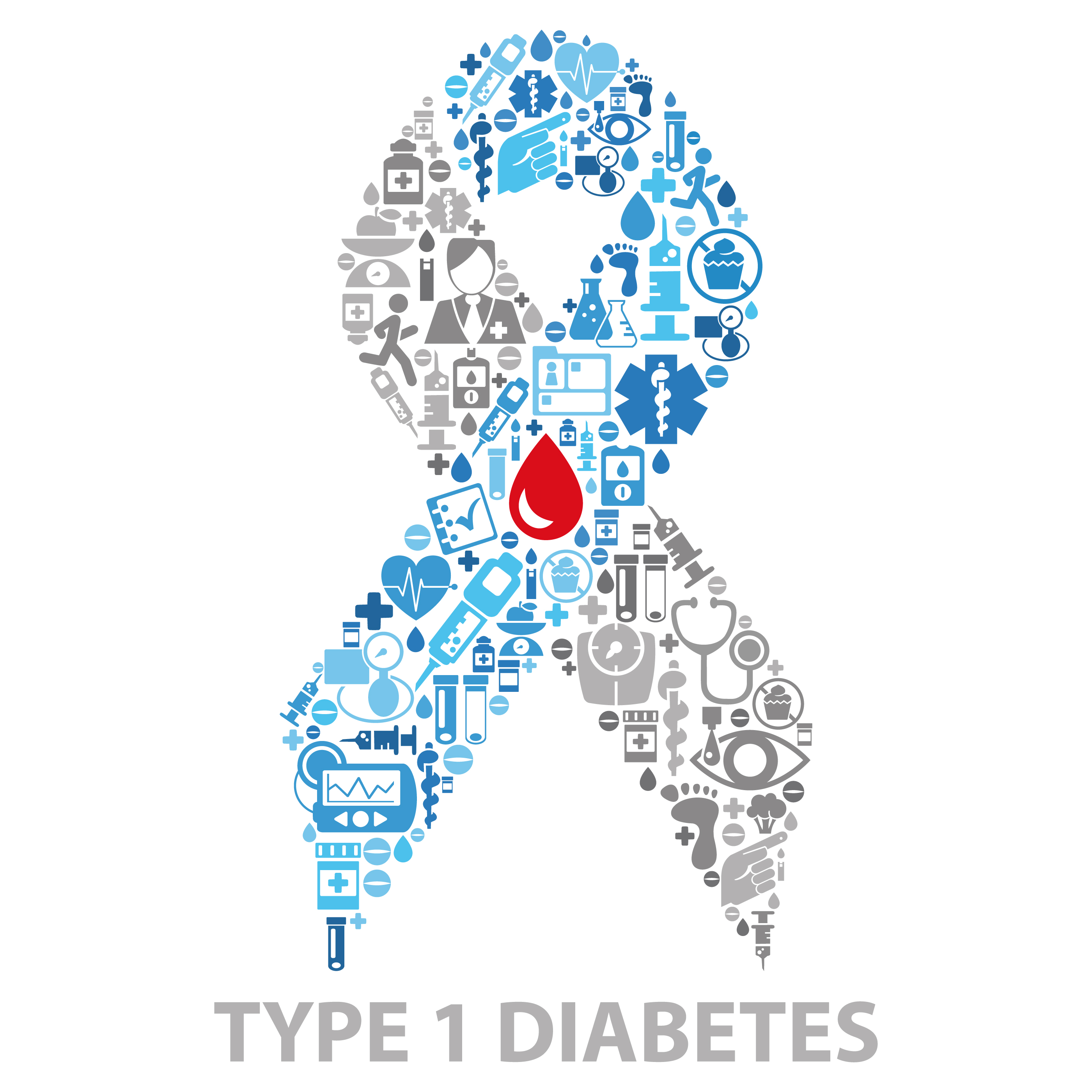Being overweight or poor eating habits aren’t the only things that can lead to diabetes. You might be surprised to learn that some everyday habits might be putting you at risk for developing the disease.
You’re cutting back on coffee
Your java habit might not be such a bad thing. Studies show that coffee consumption (both caffeinated and decaffeinated) can reduce the risk of developing type 2 diabetes. A Harvard study analysis found that those who sipped six cups a day had a 33 percent lower risk of developing the disease compared to non-coffee drinkers. Certain components in coffee seem to reduce insulin resistance and may also boost glucose metabolism, the process of converting glucose to energy. Follow these 21 healthy habits that can prevent diabetes.
You’re a chronic night owl
If late night is your favorite time of day, you might be putting yourself at risk for diabetes. A Korean study found that people who stay up until the wee hours of the morning are more likely to develop diabetes than those who hit the sack earlier, even if they still get seven to eight hours of sleep, Men’s Health reported. Night owls tend to be exposed to higher levels of artificial light from televisions and cell phones, a habit that is linked to lower insulin sensitivity and poorer blood sugar regulation, study author Nan Hee Kim, MD, said in a press release. Staying up late is also linked with poor sleep quality and sleep loss, which can disrupt your metabolism. Ignore these diabetes myths that could be sabotaging your health.
Your diet is light on probiotics
“The risk of diabetes increases when you have more bad bugs [bacteria] than good bugs in your gut,” says Betul Hatipoglu, MD, an endocrinologist at Cleveland Clinic. Your stomach needs good bacteria, called probiotics, for proper digestion; low levels can lead to inflammation that may eventually lead to insulin resistance. Eat foods like yogurt, sauerkraut, and some cheeses for a probiotic boost. Here’s how to spot 12 signs that you’re a borderline diabetic.
You microwave leftovers in plastic
Here’s a good reason to purge your collection of takeout containers: Reheating food in them might increase your risk of developing diabetes. Researchers at NYU Langone Medical Center in New York City found that two chemicals used in the manufacturing of plastic wrap and plastic takeout containers were associated with an increased risk of diabetes in children and teens. The chemicals were found to increase insulin resistance, a precursor to diabetes, as well as elevate blood pressure.
You don’t get enough sun exposure
It’s important to protect yourself from the sun’s harmful cancer-causing rays, but shunning sunlight entirely may put you at risk for diabetes. According to a Spanish study, people with vitamin D deficiency are more likely to have type 2 diabetes and prediabetes, regardless of their weight; researchers believe the sunshine vitamin plays a role in the proper functioning of your pancreas, which produces insulin and helps regulate blood sugar. Dr. Hatipoglu suggests taking a supplement to boost your levels, as well as eating foods rich in the vitamin, such as salmon and vitamin D-fortified milk or cereal. These are 15 breakthroughs that could beat diabetes for good.
You spend your weekends binge-watching TV
You might want to rethink your Sunday Netflix fix. A University of Pittsburgh study found that every hour spent sitting in front of the TV increases your risk of developing diabetes by 3.4 percent. “Too much sitting can lead to storage of visceral fat, which increases your waist circumference,” Eric Sternlicht, PhD, a professor of kinesiology at Chapman University, told Men’s Health. Extra belly weight significantly increases your risk of developing diabetes by reducing your body’s insulin sensitivity.
You skip breakfast
“Forgoing your morning meal not only tends to backfire, making you ravenous by late morning, but can also create the perfect storm for type 2 diabetes,” Ellen Calogeras, a diabetes educator with the Cleveland Clinic Diabetes Center told everydayhealth.com. When you deprive your body of food, insulin levels are disrupted, making it harder to control blood sugar.
You avoid all carbs in favor of protein and fat
Virginia-based dietitian Jill Weisenberger, MS, RDN, author of Prediabetes: A Complete Guide, says people are surprised that avoiding carbs can increase your risk of type 2 diabetes when whole grains such as oats and barley actually improve insulin resistance. On the flip side, mouse studies link high-fat ketogenic diets with increased insulin resistance. Instead of avoiding carbs altogether, Weisenberger suggests eating a wide variety of nutritious foods and getting carbs from healthy whole foods like yogurt, berries, chickpeas, and black beans—not from refined grains such as pasta and white bread. Don’t miss these other 15 things nutrition experts wish you knew about diabetes dieting.
You eat the wrong vegetable and carb combinations
Vegetables are an essential part of any diet, but it’s key to understand which ones are starchy to balance your dinner plate. Lisa DeFazio, MS, RD, a celebrity nutritionist and media expert, says starchy vegetables like peas or corn count more as carbs than as vegetables. While you can eat them in moderation, you don’t want to go overboard. Continually pairing starchy vegetables with refined grains like white rice, for example, could potentially contribute to weight gain and blood sugar spikes—both of which increase your risk for diabetes.
You eat most of your calories at night
Anything contributing to weight gain will heavily increase your risk for diabetes, says DeFazio—and that includes gorging yourself before bed. “Eating most of your calories at night can lead to weight gain because you are sleeping on the calories,” she says. A study from the Perelman School of Medicine at the University of Pennsylvania specifically found that eating late at night raises blood sugar and insulin levels, both of which are also causes of type 2 diabetes. Watch out for the 10 silent symptoms of diabetes you might be missing.
You assume one workout is all the exercise you need
All activity is good activity, but Weisenberger stresses the importance of your overall activity throughout the day. “Being active only once daily is also unwise for diabetes prevention,” she says. “For better blood sugar management, [the] American Diabetes Association recommends breaking up long periods of inactivity with three-minute activity breaks every 30 minutes.” Research shows that unless you’re getting at least 60 to 75 minutes of exercise every day, you aren’t fully compensating for the hours you spend sitting the rest of the day. Weisenberger suggests getting up for a walk around the office or doing some stretches to break up that sedentary time.
You skip strength training
Muscle is like a “storage bucket” for blood sugar, Weisenberger says—especially after eating. “So get those two to three days of strength training in to make that storage bucket a little bigger,” she says. One Harvard study even shows that a 30-minute weight training session five days a week could reduce the risk of developing type 2 diabetes by up to 34 percent. Next, check out these 21 healthy habits that cold help you prevent diabetes.





